Home>Furniture & Design>Interior Design Trends>How To Remove Black From Fireplace Glass
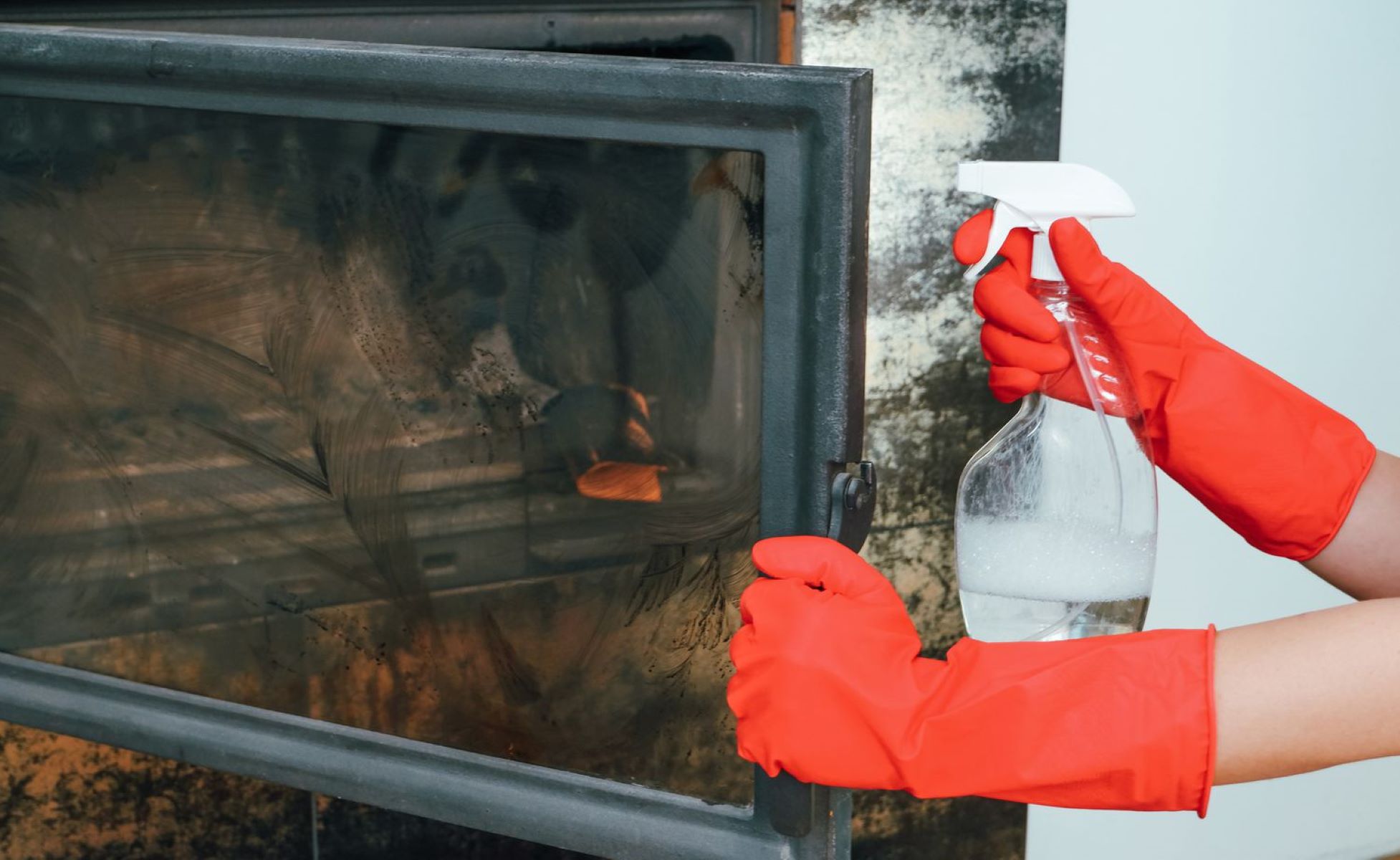

Interior Design Trends
How To Remove Black From Fireplace Glass
Modified: October 27, 2024
Learn how to effectively remove black residue from your fireplace glass with our interior design trends guide. Keep your fireplace looking clean and stylish.
(Many of the links in this article redirect to a specific reviewed product. Your purchase of these products through affiliate links helps to generate commission for Storables.com, at no extra cost. Learn more)
Introduction
A fireplace is a focal point in any home, creating a cozy and inviting atmosphere. However, over time, the glass on the fireplace can become marred by unsightly black buildup, detracting from its aesthetic appeal. This accumulation of soot and creosote not only diminishes the visual allure of the fireplace but also obstructs the warm, flickering glow of the flames within. Fortunately, with the right tools and techniques, it is possible to restore the glass to its former clarity and luster.
Understanding the cause of black buildup on fireplace glass is crucial for effectively addressing this issue. Soot and creosote are natural byproducts of burning wood or other fuels in a fireplace. When these substances are released into the air, they can settle on the glass, forming a stubborn layer of black residue. This buildup not only mars the appearance of the fireplace but also poses a challenge for homeowners seeking to maintain a clean and welcoming living space.
In this comprehensive guide, we will delve into the process of removing black buildup from fireplace glass, providing a step-by-step approach that empowers homeowners to tackle this common issue with confidence. By following these methods, you can restore the clarity and transparency of your fireplace glass, allowing the warm glow of the flames to once again take center stage in your home.
Additionally, we will explore the tools and materials necessary for cleaning fireplace glass, ensuring that you are well-equipped to undertake this task effectively. Furthermore, we will offer valuable tips for maintaining clean fireplace glass, enabling you to prolong the pristine appearance of your fireplace and enhance the ambiance of your living space.
With this guide, you can reclaim the beauty and allure of your fireplace, creating a welcoming focal point that exudes warmth and charm. Let's embark on this journey to restore the clarity and radiance of your fireplace glass, revitalizing your home with a touch of timeless elegance.
Key Takeaways:
- Say goodbye to black buildup on your fireplace glass by using a gentle cleaning solution, a razor blade scraper, and crumpled newspaper for a streak-free finish. Keep your fireplace looking radiant and inviting!
- Keep your fireplace glass clean and clear by using seasoned firewood, ensuring proper airflow, and establishing a regular cleaning schedule. Enjoy the warm glow of your fireplace without the hindrance of unsightly black buildup.
Read more: How To Remove Glass From Gas Fireplace
Understanding the cause of black buildup on fireplace glass
The mesmerizing dance of flames within a fireplace creates a captivating ambiance, but over time, the glass that encases this enchanting display can become marred by a stubborn layer of black buildup. This unsightly accumulation is primarily caused by the natural byproducts of burning wood or other fuels in a fireplace. When wood or fuel is burned, it releases soot and creosote into the air. These substances can settle on the glass, gradually forming a dark, opaque layer that obscures the view of the flames and detracts from the overall aesthetic appeal of the fireplace.
Soot, a fine black powder, is a common byproduct of incomplete combustion. When wood or other organic materials are burned, soot particles are released into the air and can adhere to the cooler surface of the fireplace glass. Over time, these particles accumulate, forming a thick layer that diminishes the transparency of the glass and obstructs the view of the fire within.
Creosote, another culprit in the formation of black buildup on fireplace glass, is a sticky, tar-like substance that results from the condensation of byproducts produced during the combustion of wood. As the smoke from the fire travels up the chimney, it cools and condenses, leaving behind creosote deposits on the interior surfaces of the chimney and the glass. These deposits can harden over time, creating a stubborn and unsightly layer that is challenging to remove.
The combination of soot and creosote buildup not only mars the appearance of the fireplace glass but also poses a potential fire hazard. Creosote is highly flammable, and when it accumulates in the chimney or on the glass, it can increase the risk of a chimney fire. Therefore, regular cleaning and maintenance of the fireplace glass are essential not only for aesthetic reasons but also for ensuring the safety of the home.
By understanding the causes of black buildup on fireplace glass, homeowners can take proactive steps to address this issue effectively. With the right tools and techniques, it is possible to remove the stubborn layer of soot and creosote, restoring the clarity and transparency of the glass and revitalizing the allure of the fireplace.
Tools and materials needed for cleaning
To effectively remove black buildup from fireplace glass, you will need a set of tools and materials specifically designed for this task. Equipping yourself with the right supplies is essential for achieving optimal results while safeguarding the integrity of the fireplace glass. Here's a comprehensive list of the tools and materials required for cleaning fireplace glass:
Tools:
-
Glass Cleaner: Choose a specialized fireplace glass cleaner that is formulated to dissolve and remove stubborn soot and creosote buildup without leaving streaks or residue. Look for a non-abrasive cleaner that is safe for use on tempered glass surfaces.
-
Microfiber Cloth: Opt for a soft, lint-free microfiber cloth to apply the glass cleaner and gently scrub the fireplace glass. Microfiber cloths are gentle on the glass surface and effectively lift away dirt and grime without scratching or damaging the glass.
-
Razor Blade Scraper: A razor blade scraper with a handle is a valuable tool for removing tough, baked-on deposits from the fireplace glass. Ensure that the blade is suitable for use on glass surfaces and exercise caution to avoid scratching the glass.
-
Protective Gloves: Wear protective gloves to shield your hands from the cleaning solution and any residual soot or creosote on the glass. Opt for durable, chemical-resistant gloves that provide a comfortable fit and ample protection.
Materials:
-
Fireplace Glass Cleaner: Select a high-quality fireplace glass cleaner that is specifically formulated to tackle soot and creosote buildup. Look for a non-toxic, ammonia-free cleaner that is safe for use in indoor environments and effectively cuts through the stubborn residue on the glass.
-
Vinegar Solution: Create a gentle cleaning solution by mixing equal parts of distilled white vinegar and water in a spray bottle. Vinegar is a natural degreaser and can help loosen and dissolve soot and creosote, making it easier to remove from the glass surface.
-
Newspaper: Use crumpled newspaper to buff and polish the fireplace glass after cleaning. The absorbent texture of newspaper effectively absorbs any remaining moisture and leaves the glass with a streak-free, sparkling finish.
By assembling these essential tools and materials, you can embark on the process of removing black buildup from fireplace glass with confidence and precision. With the right supplies at your disposal, you can restore the clarity and radiance of your fireplace glass, revitalizing the focal point of your living space with a renewed sense of warmth and elegance.
Read more: How To Remove Glass From Electric Fireplace
Step-by-step guide to removing black from fireplace glass
-
Prepare the Cleaning Solution: Begin by preparing the cleaning solution. If using a specialized fireplace glass cleaner, follow the manufacturer's instructions for dilution. Alternatively, if opting for a vinegar solution, mix equal parts of distilled white vinegar and water in a spray bottle. Shake the bottle gently to ensure thorough blending of the ingredients.
-
Protective Measures: Prior to initiating the cleaning process, don protective gloves to shield your hands from the cleaning solution and any residual soot or creosote on the glass. Safety goggles may also be worn to safeguard the eyes from potential splashes or drips.
-
Apply the Cleaning Solution: Liberally spray the cleaning solution onto the fireplace glass, ensuring complete coverage of the black buildup. Allow the solution to sit for a few minutes to penetrate and loosen the stubborn residue.
-
Gentle Scrubbing: Using a soft, lint-free microfiber cloth, gently scrub the glass surface in circular motions. Focus on areas with heavy buildup, applying gentle pressure to lift away the loosened soot and creosote. Avoid using abrasive materials or harsh scrubbing techniques to prevent scratching the glass.
-
Razor Blade Scraper: For persistent, baked-on deposits, carefully utilize a razor blade scraper to gently remove the stubborn residue from the glass. Hold the scraper at a slight angle and glide it across the glass surface, exerting minimal pressure to avoid scratching. Exercise caution and ensure that the blade is suitable for use on glass surfaces.
-
Repeat if Necessary: If the black buildup is particularly stubborn, repeat the application of the cleaning solution and gentle scrubbing process. Persistence and patience are key to effectively removing the residue without damaging the glass.
-
Buff and Polish: Once the black buildup has been successfully lifted from the glass, use crumpled newspaper to buff and polish the surface. The absorbent texture of the newspaper effectively absorbs any remaining moisture and leaves the glass with a streak-free, sparkling finish.
-
Inspect and Repeat: Inspect the fireplace glass to ensure that all traces of black buildup have been removed. If any residue remains, repeat the cleaning process as needed until the glass is restored to its pristine clarity.
By following this step-by-step guide, you can effectively remove black buildup from fireplace glass, restoring its transparency and revitalizing the allure of your fireplace. With patience, attention to detail, and the right tools and techniques, you can achieve a beautifully clean and radiant fireplace glass, enhancing the ambiance of your living space.
Use a mixture of equal parts water and vinegar to clean the black residue from fireplace glass. Apply the solution with a cloth and scrub gently to remove the buildup. Rinse with water and dry with a clean cloth.
Tips for maintaining clean fireplace glass
Maintaining clean fireplace glass is essential for preserving the visual appeal and functionality of your fireplace. By implementing proactive measures and regular maintenance, you can prolong the clarity and radiance of the glass, ensuring that the warm glow of the flames remains unhindered. Here are valuable tips for maintaining clean fireplace glass:
-
Regular Cleaning Schedule: Establish a regular cleaning schedule for the fireplace glass to prevent the accumulation of soot and creosote. By incorporating this task into your routine maintenance, you can address minor buildup before it becomes more challenging to remove.
-
Use Seasoned Firewood: Opt for seasoned firewood with low moisture content to minimize the production of soot and creosote during combustion. Seasoned wood burns more efficiently, reducing the likelihood of excessive residue accumulating on the glass.
-
Proper Airflow: Ensure adequate airflow in the fireplace to promote complete combustion and minimize the production of soot. Proper ventilation helps maintain a cleaner burning process, reducing the amount of residue that can settle on the glass.
-
Avoid Damp or Green Wood: Refrain from burning damp or green wood, as these materials produce more smoke and contribute to the buildup of creosote. Using well-seasoned, dry wood can significantly reduce the formation of black residue on the glass.
-
Trim Candle Wicks: If you enjoy the ambiance of candles near the fireplace, trim the wicks to prevent excessive soot and smoke. Soot from candles can contribute to the buildup on the glass, so maintaining clean burning practices with candles can help minimize additional residue.
-
Inspect and Maintain the Chimney: Regularly inspect and maintain the chimney to ensure proper ventilation and to prevent the accumulation of creosote. A clean and well-maintained chimney facilitates efficient airflow, reducing the likelihood of soot and creosote deposits on the fireplace glass.
-
Use a Fireplace Screen: Utilize a fireplace screen to contain sparks and embers, preventing them from reaching the glass and causing additional residue. A screen also adds a layer of protection to the glass, minimizing the risk of buildup from stray particles.
-
Prompt Cleaning: Address any minor buildup promptly to prevent it from hardening and becoming more challenging to remove. Regularly inspect the glass and attend to any emerging residue to maintain its clarity and transparency.
By incorporating these tips into your fireplace maintenance routine, you can effectively preserve the cleanliness and transparency of the glass, ensuring that your fireplace remains a captivating focal point in your home. With proactive measures and attention to detail, you can enjoy the warm, inviting glow of your fireplace without the hindrance of unsightly black buildup on the glass.
Conclusion
In conclusion, the process of removing black buildup from fireplace glass is not only a practical endeavor but also an opportunity to restore the captivating allure of the fireplace as a focal point in your home. By understanding the causes of black buildup, equipping yourself with the necessary tools and materials, and following a systematic approach to cleaning, you can effectively rejuvenate the transparency and radiance of the glass, revitalizing the ambiance of your living space.
The accumulation of soot and creosote on fireplace glass is a natural consequence of enjoying the warmth and comfort of a crackling fire. However, this buildup can obscure the view of the flames and detract from the visual appeal of the fireplace. By recognizing the factors contributing to black residue on the glass, homeowners can take proactive steps to address this issue, ensuring that the fireplace remains a source of warmth and beauty.
The step-by-step guide provided in this comprehensive resource empowers homeowners to tackle the cleaning process with confidence and precision. From preparing the cleaning solution to gently scrubbing the glass and utilizing a razor blade scraper for stubborn deposits, each step is designed to facilitate the effective removal of black buildup without compromising the integrity of the glass.
Furthermore, the tips for maintaining clean fireplace glass offer valuable insights for ongoing maintenance, enabling homeowners to preserve the clarity and radiance of the glass over time. By incorporating proactive measures such as using seasoned firewood, ensuring proper airflow, and establishing a regular cleaning schedule, homeowners can minimize the accumulation of soot and creosote, prolonging the pristine appearance of the fireplace glass.
Ultimately, the restoration of clean and transparent fireplace glass enhances the overall ambiance of the living space, creating a welcoming and inviting atmosphere. The warm glow of the flames, unobstructed by black buildup, becomes a focal point that exudes timeless elegance and comfort. With the right tools, techniques, and maintenance practices, homeowners can enjoy the captivating allure of their fireplace while ensuring a safe and visually appealing environment for their families and guests.
In essence, the process of removing black buildup from fireplace glass is not merely a cleaning task but a transformative endeavor that revitalizes the heart of the home. By reclaiming the clarity and radiance of the fireplace glass, homeowners can elevate the ambiance of their living space, infusing it with the timeless charm and warmth that only a beautifully maintained fireplace can provide.
Frequently Asked Questions about How To Remove Black From Fireplace Glass
Was this page helpful?
At Storables.com, we guarantee accurate and reliable information. Our content, validated by Expert Board Contributors, is crafted following stringent Editorial Policies. We're committed to providing you with well-researched, expert-backed insights for all your informational needs.
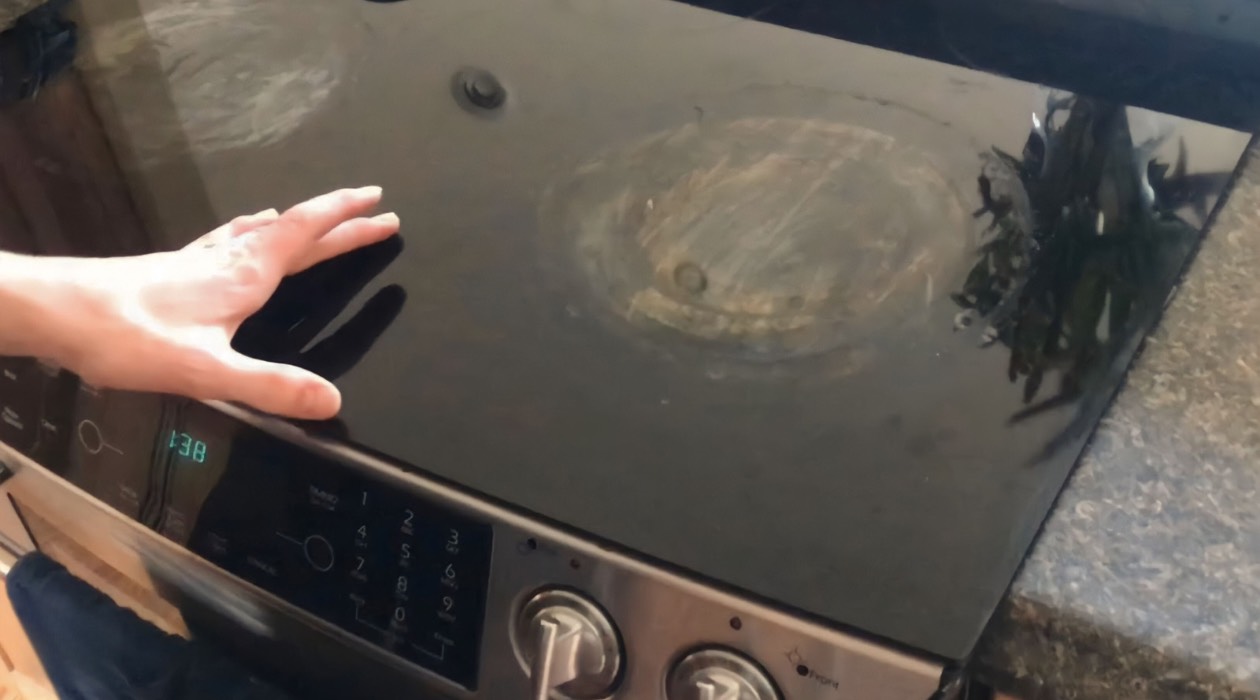
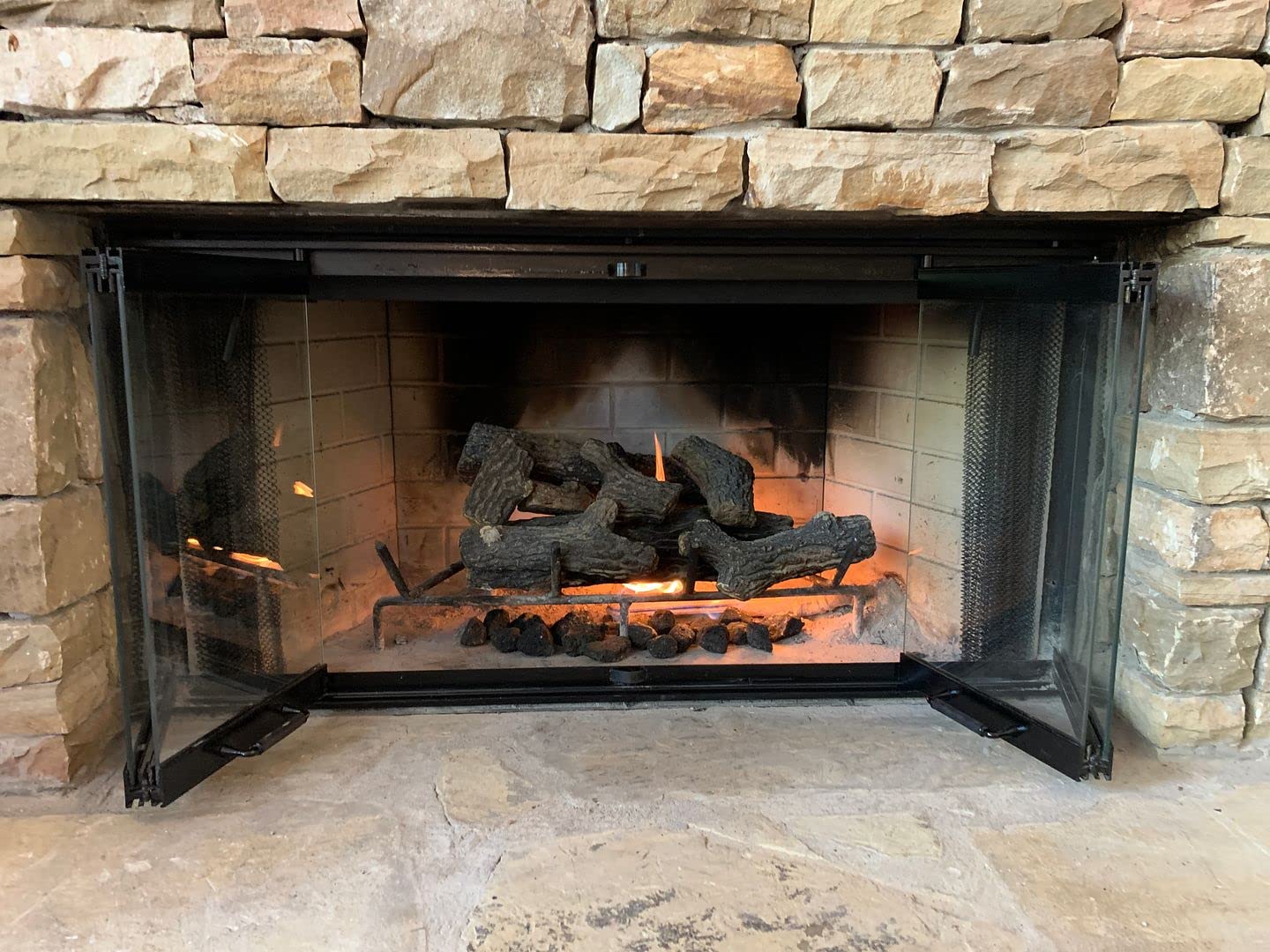
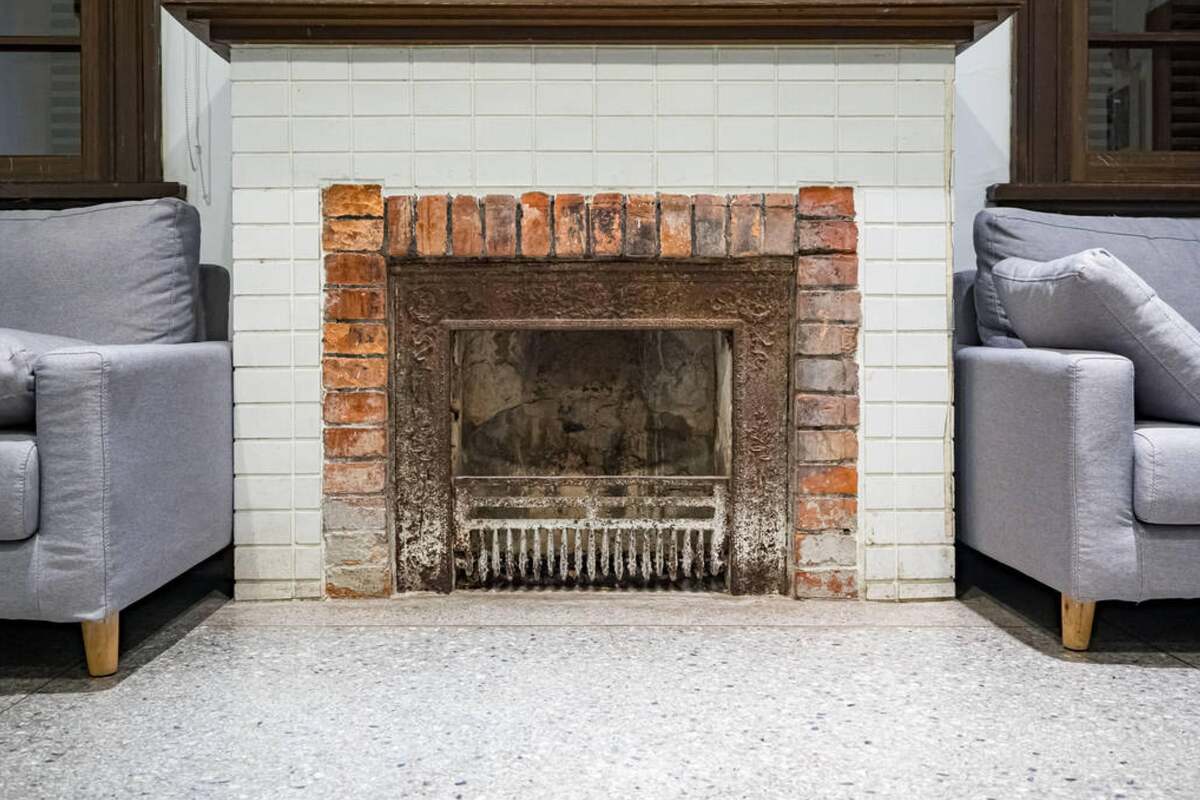
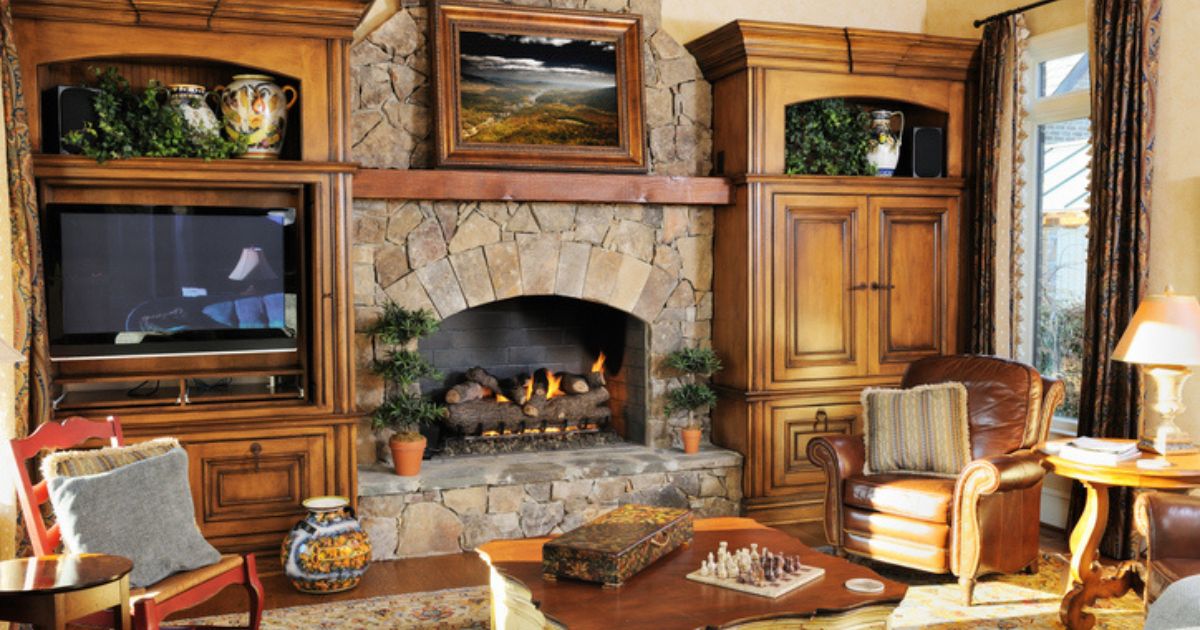
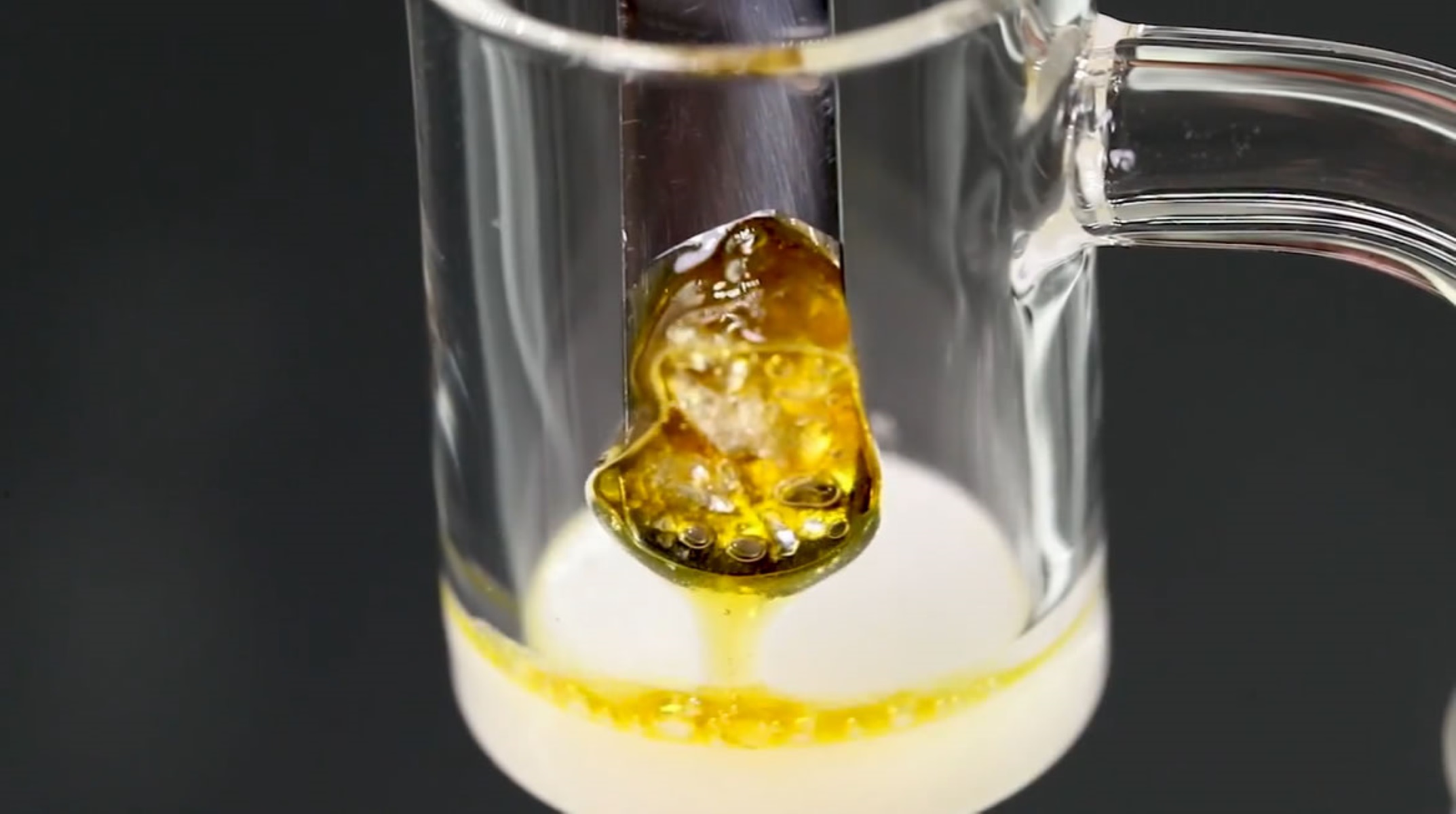
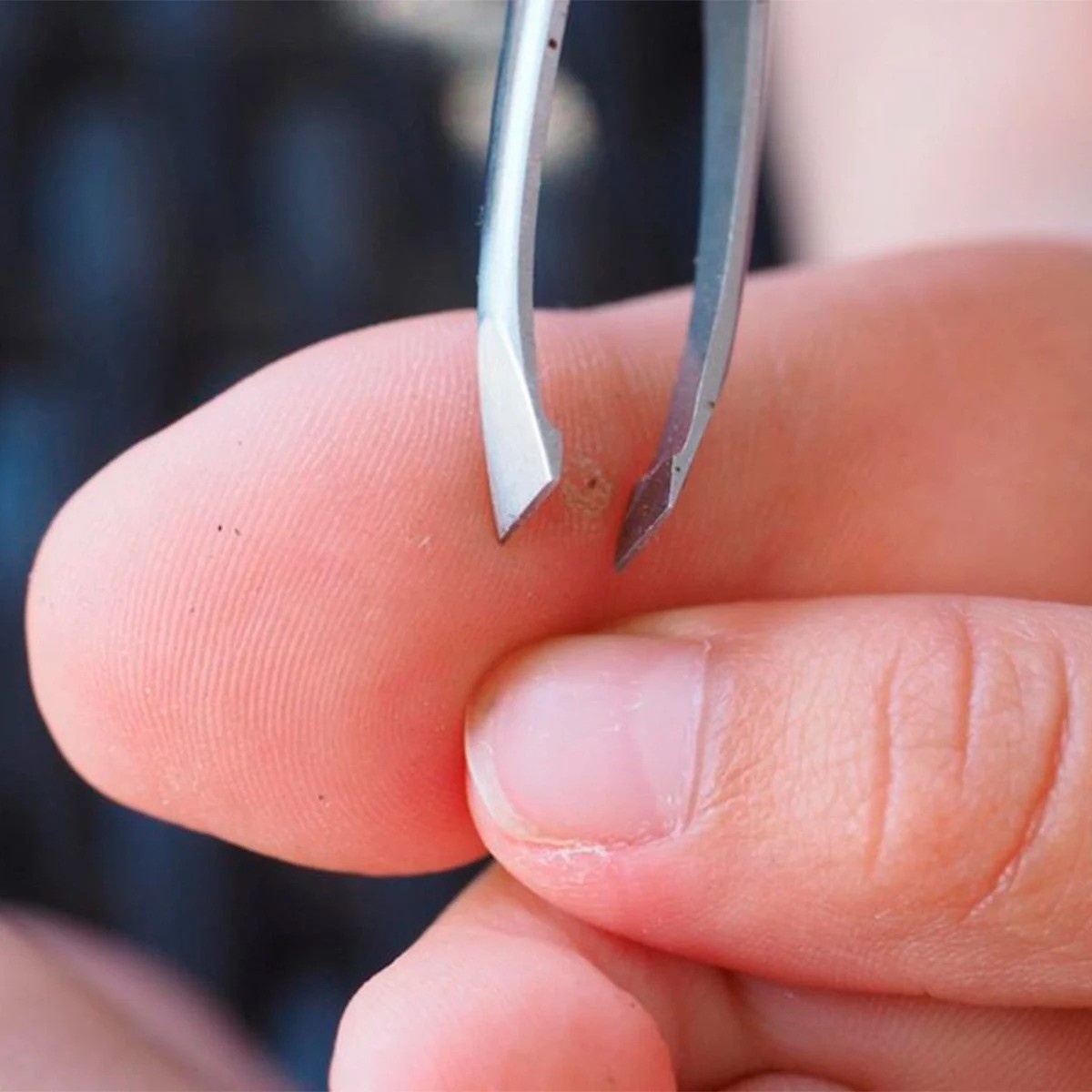
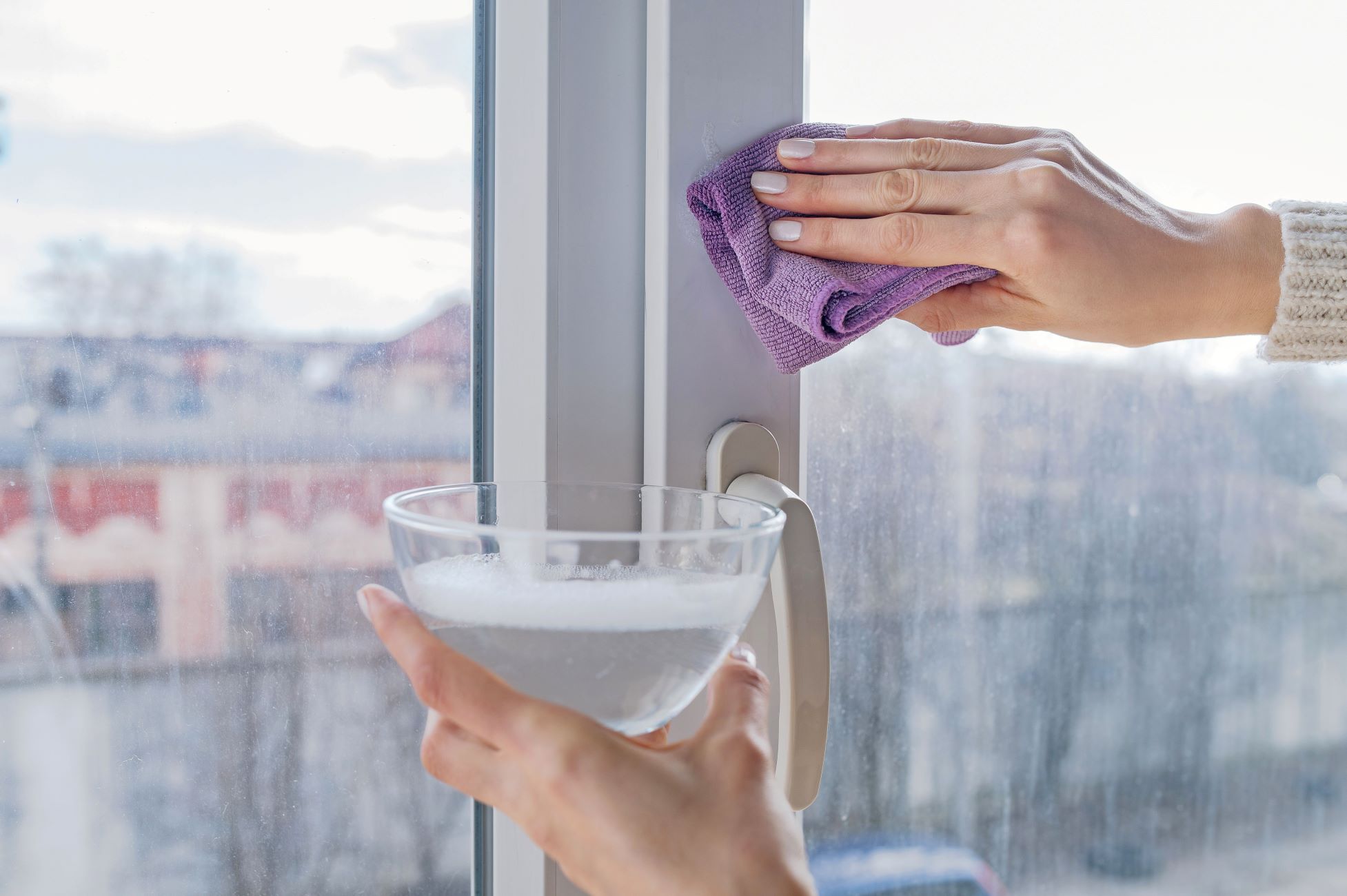
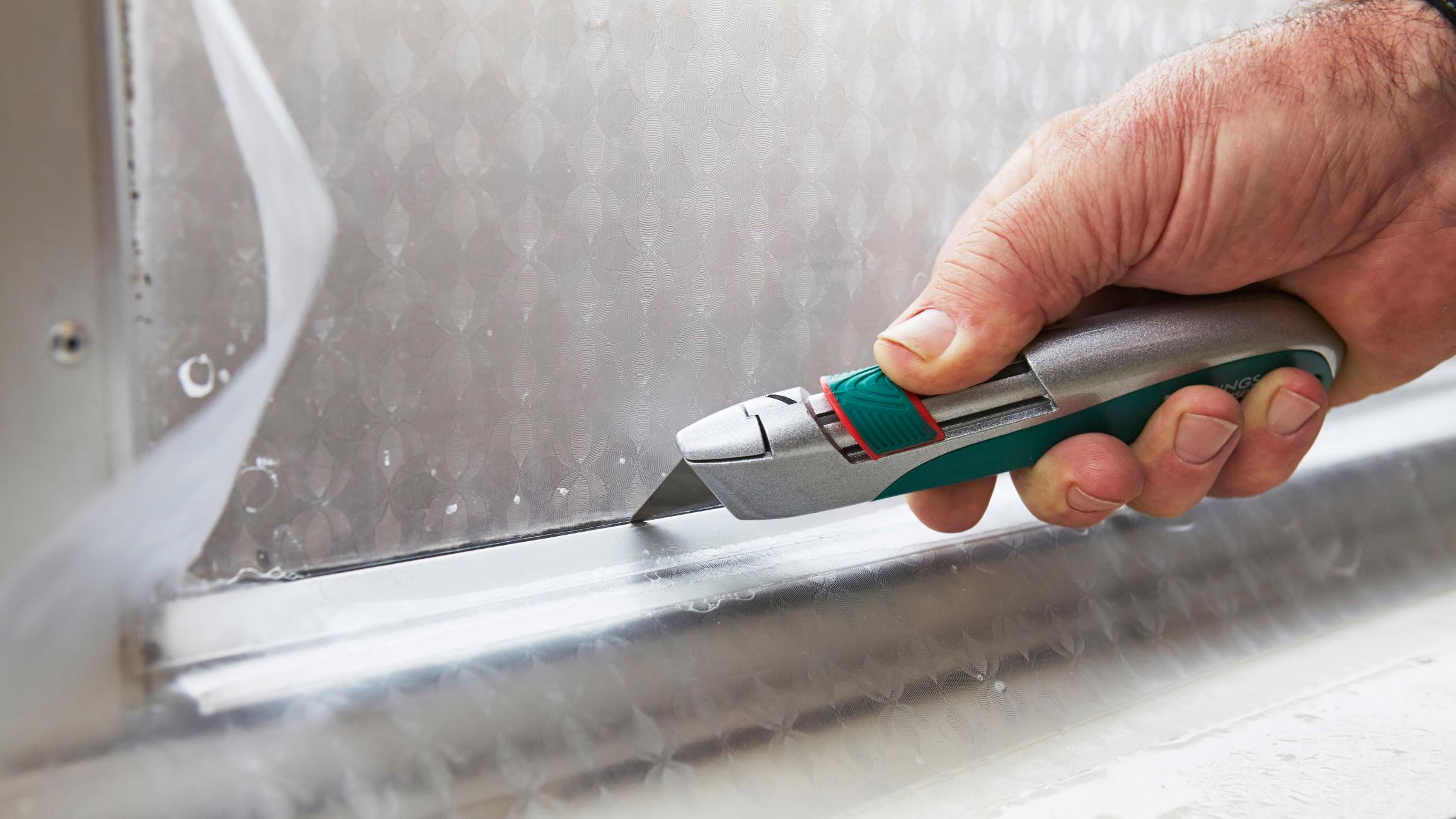
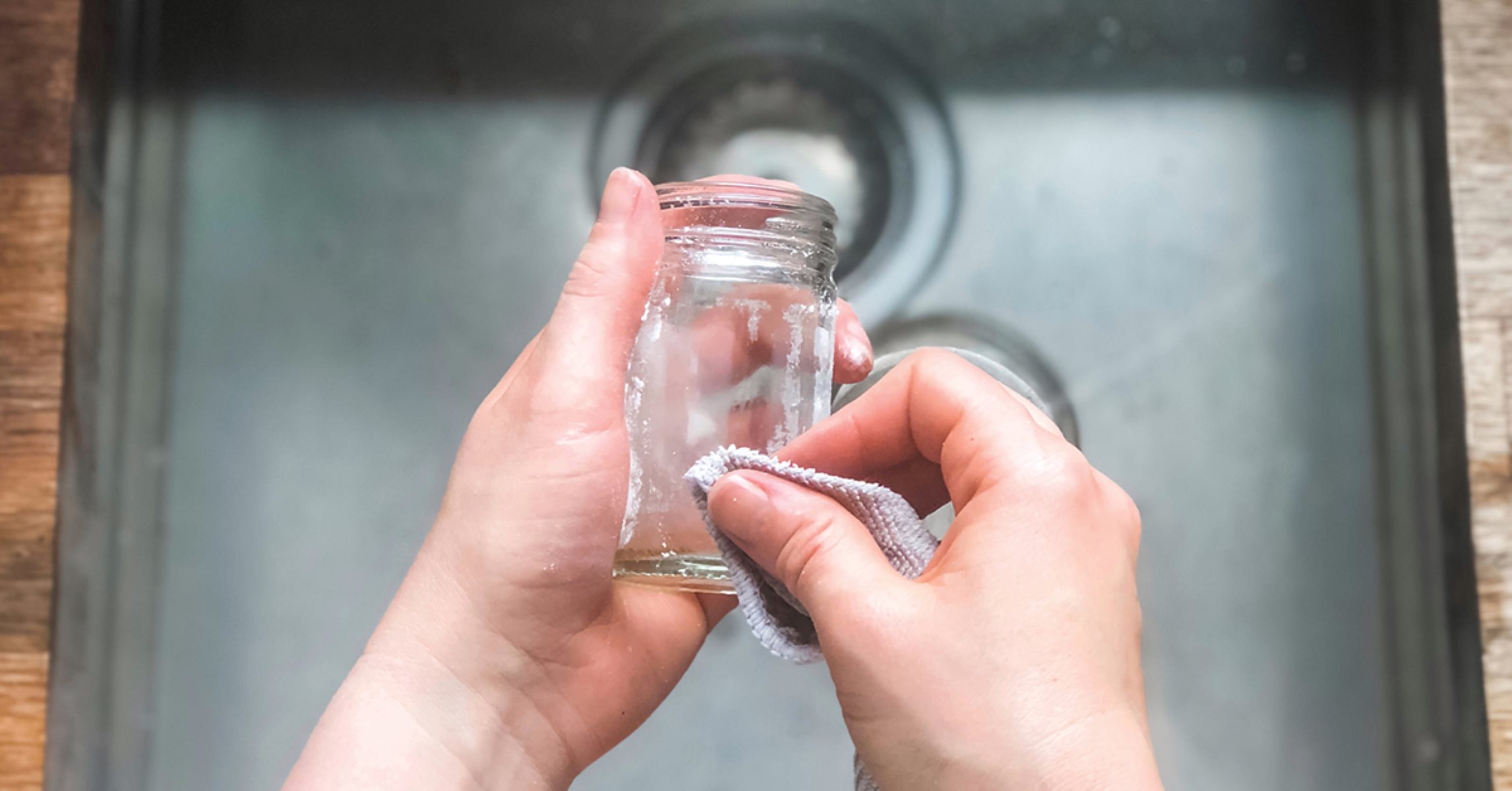
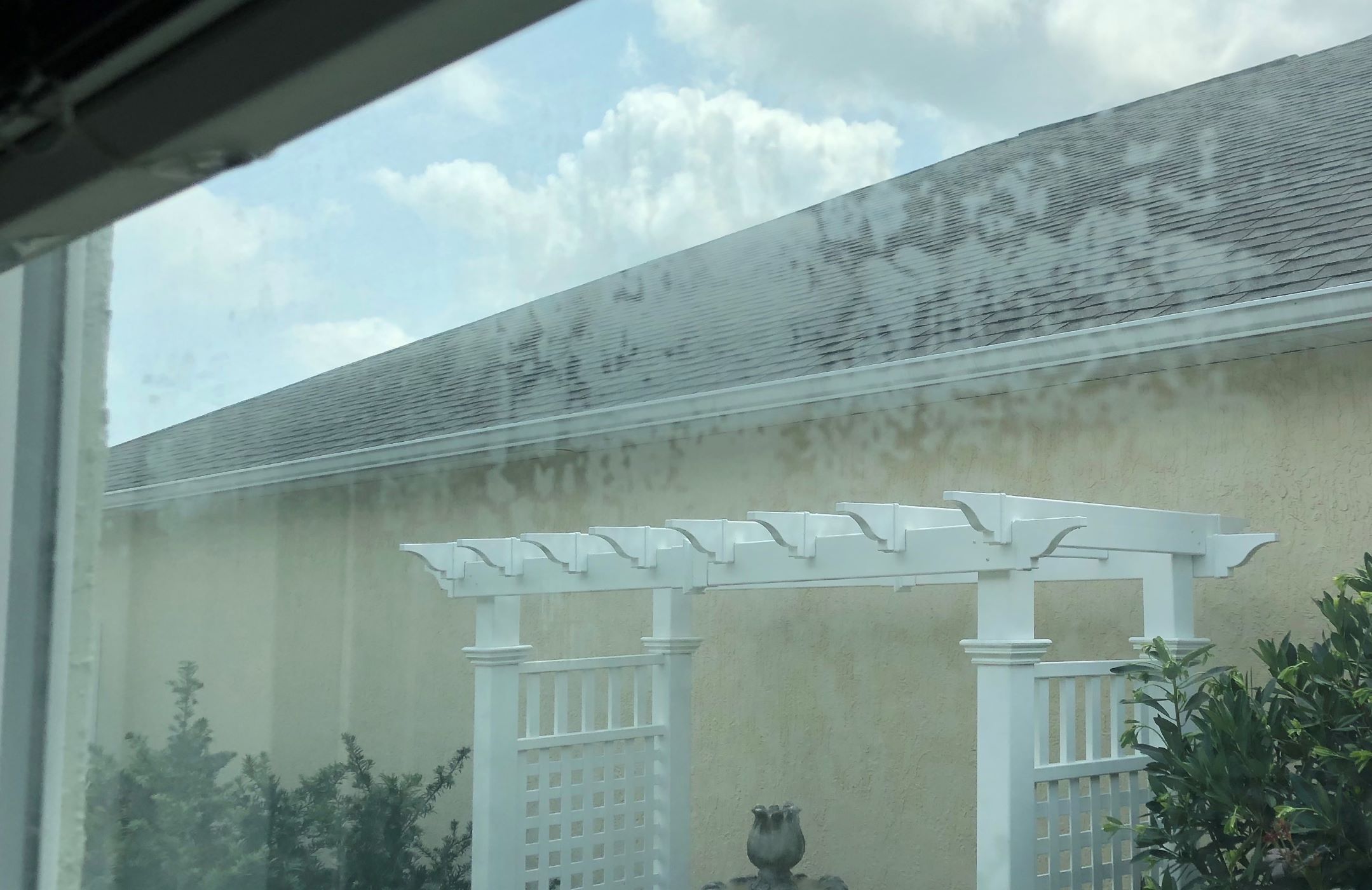
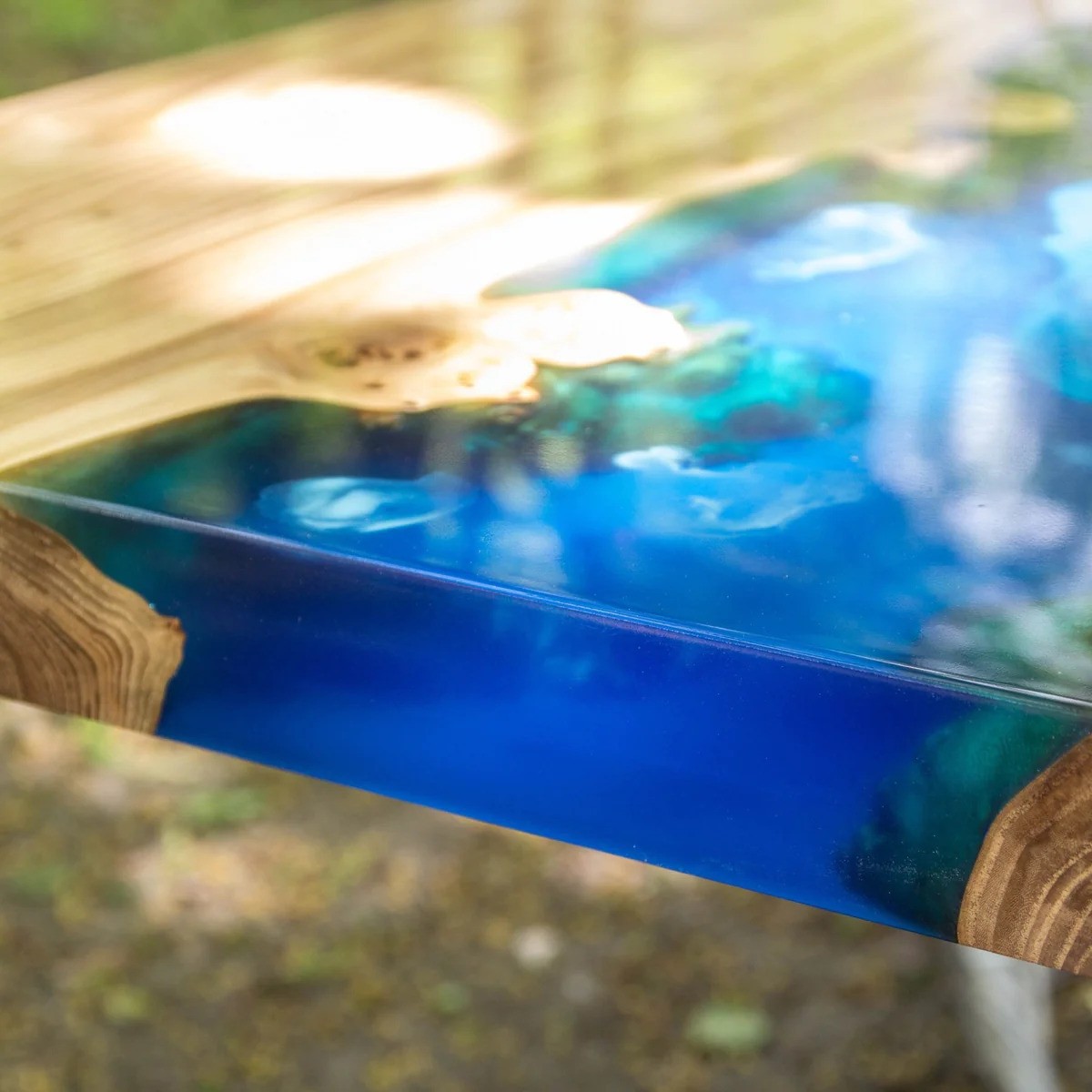
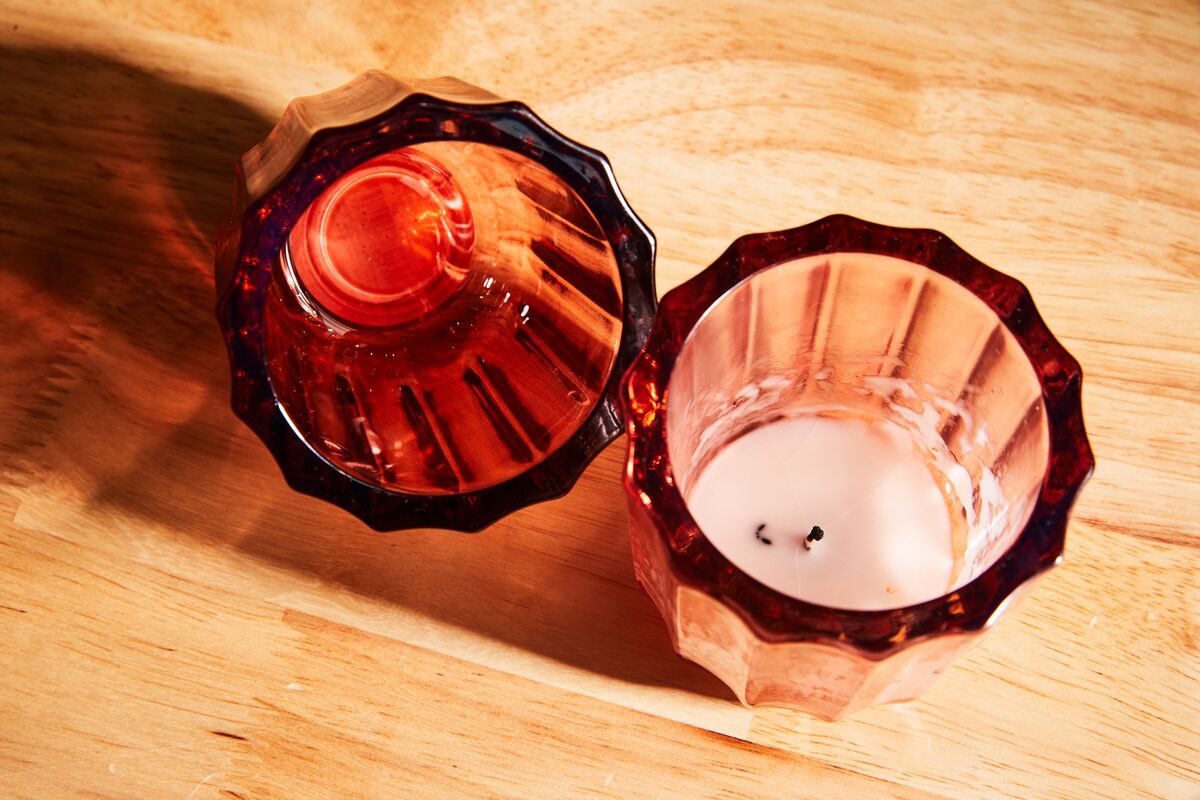
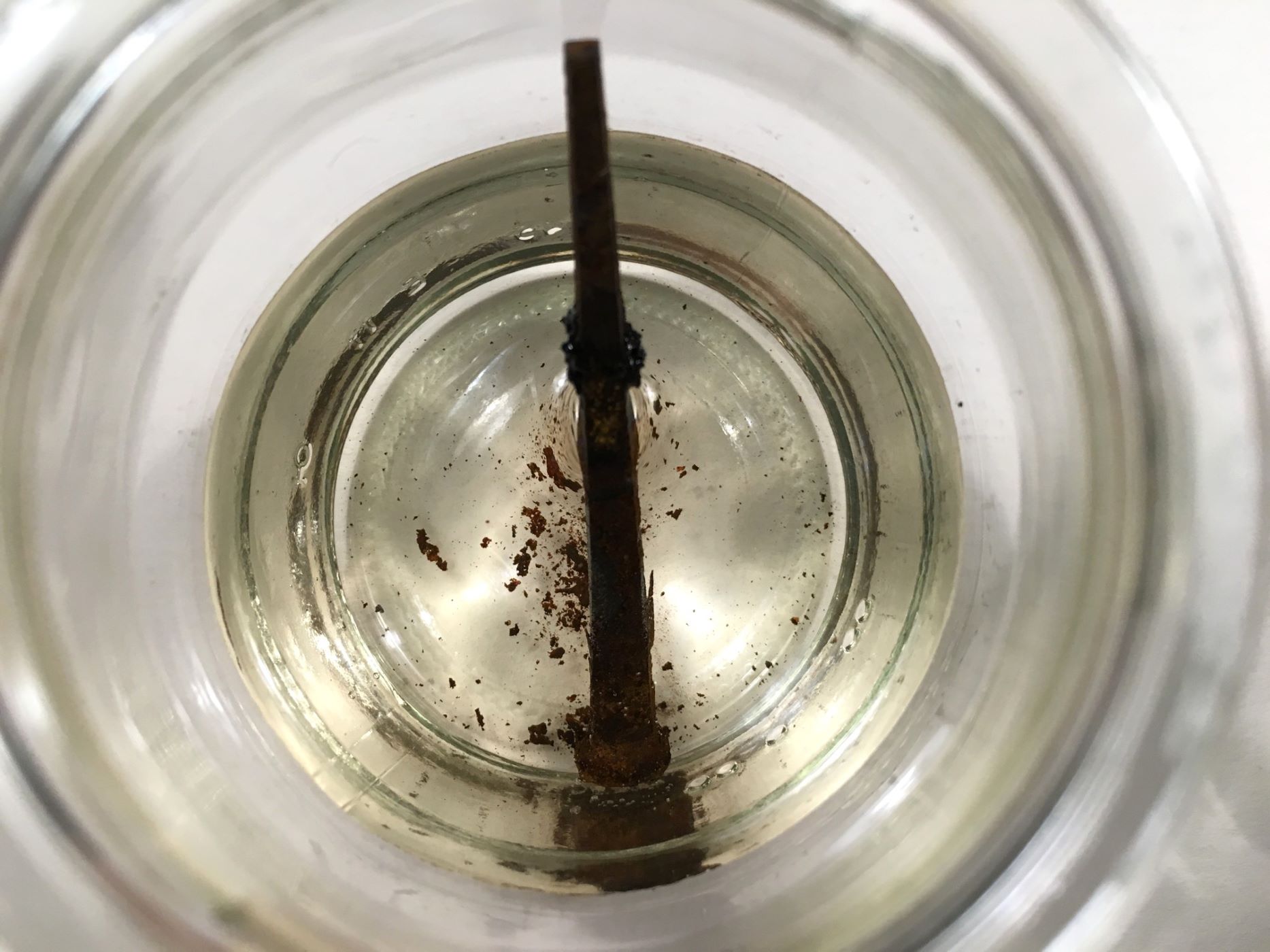


0 thoughts on “How To Remove Black From Fireplace Glass”